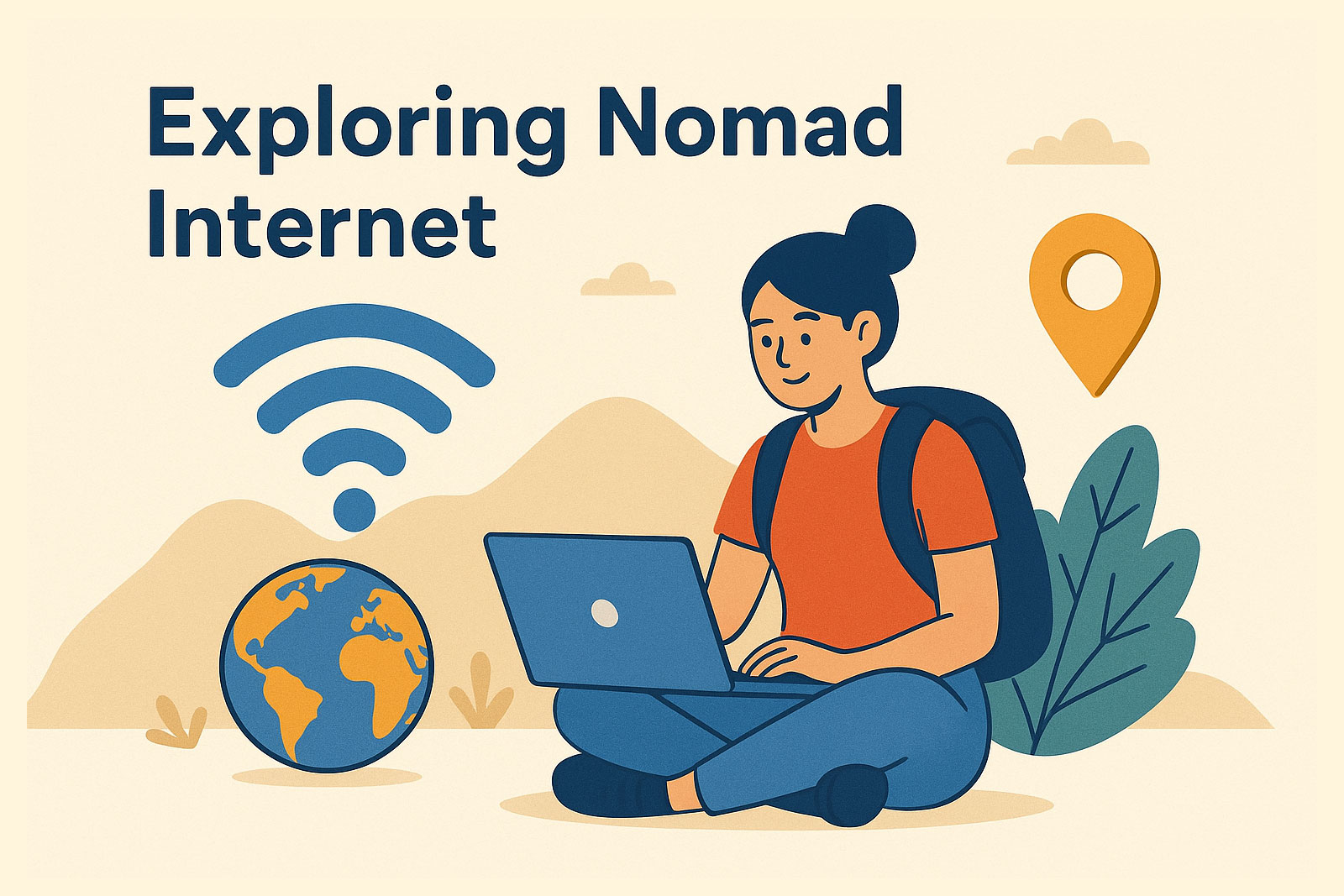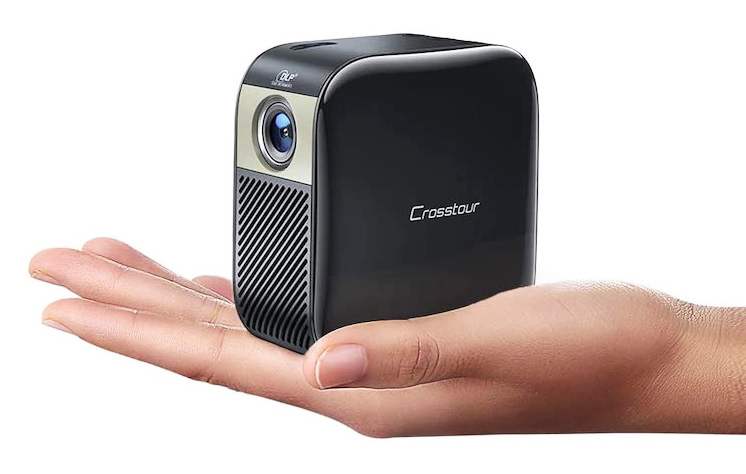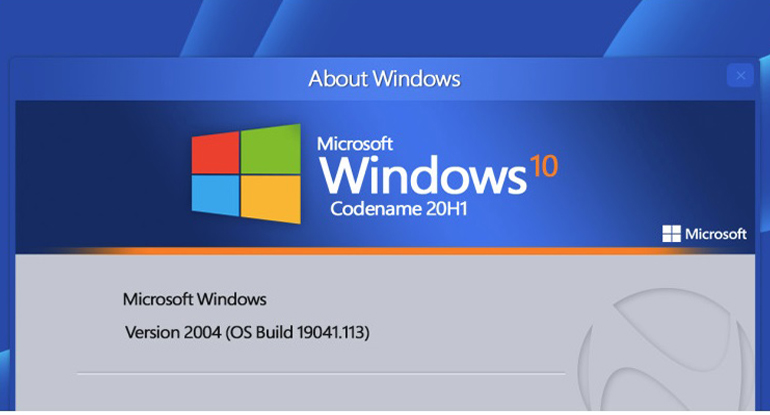Exploring Nomad Internet: Your Ultimate Guide to Staying Connected on the Move

In today’s hyper-connected world, reliable internet access is a necessity, not a luxury—especially for those who embrace a nomadic lifestyle. Whether you’re a digital nomad working from a cozy RV, a remote worker stationed in a rural cabin, or an adventurer exploring off-grid destinations, staying connected is critical for work, communication, and leisure. Enter Nomad Internet, a game-changing solution designed to keep you online wherever your journey takes you. This comprehensive guide dives into the world of Nomad Internet, exploring its technology, benefits, setup process, challenges, and tips for maximizing connectivity, so you can stay productive and connected no matter where you roam.
What is Nomad Internet? Understanding the Basics Nomad Internet is a wireless internet service tailored for individuals who need reliable, high-speed connectivity in areas where traditional broadband or Wi-Fi services are unavailable or impractical. Unlike conventional internet providers that rely on fixed infrastructure like cables or DSL lines, Nomad Internet leverages cellular networks (4G and 5G) to deliver fast, portable Wi-Fi through specialized routers or hotspot devices. This makes it ideal for digital nomads, RV travelers, remote workers, rural residents, and outdoor enthusiasts who require internet access on the go or in remote locations.The service is designed with flexibility in mind, offering plug-and-play solutions that don’t require complex installations or long-term contracts. By tapping into existing cell tower networks, Nomad Internet provides a seamless way to stay connected, whether you’re boondocking in a national park, working from a countryside retreat, or streaming movies from a campsite.
Why Choose Nomad Internet? Benefits for Digital Nomads Nomad Internet offers a range of benefits that make it a top choice for those living or working outside traditional connectivity zones. Here are some key advantages:
Empowering Remote Work: Nomad Internet transforms any location into a functional workspace. Whether you’re attending Zoom meetings from a mountain cabin or uploading files from a beachside RV, the service ensures you stay productive without being tethered to a city.
Uninterrupted Learning: For families or students on the move, Nomad Internet provides access to online learning platforms, ensuring education continues seamlessly regardless of location. This is especially valuable for “roadschooling” families who travel full-time.
Keeping Connections Alive: Staying in touch with loved ones is effortless with Nomad Internet. Video calls, social media updates, and instant messaging keep you connected, even when you’re miles away from civilization.
Fostering Community: In rural or remote areas, Nomad Internet enables access to online forums, support networks, and community resources, reducing isolation and fostering social connections.
Catalyzing Growth for Businesses: Small businesses and entrepreneurs in remote areas can leverage Nomad Internet to reach customers, manage operations, and compete globally without relying on traditional infrastructure.
Sharing Adventures in Real-Time: For adventurers, Nomad Internet allows you to stream live updates, share breathtaking views, and document your journey without waiting for a Wi-Fi hotspot.
These benefits make Nomad Internet a versatile solution for a wide range of users, from digital nomads to rural residents, ensuring connectivity enhances rather than hinders their lifestyle.
How Nomad Internet Works: Technology and Connectivity Nomad Internet operates by harnessing cellular networks to deliver high-speed Wi-Fi, bypassing the need for wired infrastructure. Here’s a breakdown of how it works:
Connection to Cell Towers: Nomad Internet devices, such as portable routers or hotspots, connect to nearby 4G or 5G cell towers. These devices are equipped with high-gain antennas and optimized firmware to capture even weak signals in remote areas, ensuring a stable connection.
Signal Conversion to Wi-Fi: Once the device locks onto a cell tower’s signal, it converts the cellular data into a local Wi-Fi network. This allows multiple devices—laptops, phones, tablets, or smart TVs—to connect simultaneously, just like a home router.
Smart Network Selection: Many Nomad Internet devices are pre-configured to work with multiple carriers (e.g., Verizon, AT&T, T-Mobile), automatically selecting the strongest available signal in your location. This flexibility is crucial in areas with patchy coverage.
Portability and Stability: Unlike standard phone hotspots, Nomad Internet routers are designed for long-range connectivity and off-grid use. They often support external antennas, solar power, or 12V power sources, making them ideal for mobile or remote settings.
The technology is straightforward yet powerful, requiring only a power source and a cellular signal to deliver reliable internet. Innovations like the Nomad Explorer app further enhance the experience by helping users locate the strongest signals, track data usage, and manage their connection remotely.
Comparing Nomad Internet Providers: Plans and Features When choosing a Nomad Internet provider, it’s essential to compare plans and features to find the best fit for your needs. Providers like Nomad Internet, Ubifi, and others offer various options, but here’s what to consider:
Data Usage: Plans range from limited data allowances to unlimited options. For light users (email, browsing), a 50-100 GB plan may suffice, while heavy users (streaming, gaming) may need unlimited data. Nomad Internet offers generous data plans tailored to different usage levels.
Speed Requirements: Ensure the plan supports the speeds needed for your activities. For example, video calls require at least 3-5 Mbps, while 4K streaming may need 25 Mbps or more. Nomad Internet’s 5G devices, like the Nomad Air and Raptor, are designed for high-speed performance.
Portability: If you’re frequently on the move, opt for providers offering portable routers or hotspots. Nomad Internet’s devices, such as the Nomad Titan and Dragon, are built for mobility and support multiple devices.
Coverage: Check the provider’s network coverage in your travel areas. Nomad Internet’s partnership with major carriers like Verizon ensures robust coverage across the U.S., even in remote regions.
Cost and Flexibility: Look for plans with no long-term contracts or hidden fees. Nomad Internet’s Flex Pay program and $15/month rental service make it accessible without hefty upfront costs.
Always research coverage maps and read user reviews to ensure the provider meets your specific needs, especially if you travel to remote areas.
Setting Up Nomad Internet: A Step-by-Step Guide Setting up Nomad Internet is designed to be simple and user-friendly, requiring no technical expertise or complex installations. Here’s how to get started:
Choose a Plan: Select a data plan based on your usage needs (e.g., light browsing, streaming, or remote work). Providers like Nomad Internet offer flexible options with no contracts.
Get the Equipment: Purchase or rent a portable router or hotspot device. Nomad Internet provides devices like the Nomad Air, Raptor, or Titan, which are pre-configured for immediate use.
Power Up the Device: Plug the device into a standard wall outlet, 12V socket (common in RVs), or use a battery-powered option for maximum portability.
Position for Optimal Signal: Place the router in an elevated spot near a window to capture the strongest cellular signal. Some devices support external antennas for further signal boosting.
Connect Your Devices: Access the Wi-Fi network created by the router using the provided credentials. Most devices support multiple connections, ideal for families or teams.
Manage with an App: Use apps like Nomad Explorer to monitor signal strength, track data usage, or pause your connection for a digital detox.
The plug-and-play nature of Nomad Internet means you can be online within minutes, even in the most remote locations.
Nomad Internet vs. Traditional Wi-Fi: Key Differences Nomad Internet differs significantly from traditional Wi-Fi, making it better suited for mobile and remote lifestyles. Here’s a comparison:
Infrastructure: Traditional Wi-Fi relies on fixed broadband (cable, DSL, or fiber), limiting it to homes or businesses with wired infrastructure. Nomad Internet uses cellular networks, making it accessible anywhere with cell coverage.
Portability: Traditional Wi-Fi is stationary, while Nomad Internet is portable, allowing you to take your connection on the road, whether in an RV, campsite, or rural cabin.
Installation: Traditional Wi-Fi often requires professional installation and contracts, whereas Nomad Internet is plug-and-play with no technician visits.
Coverage: Traditional Wi-Fi is limited to the router’s range, while Nomad Internet depends on cell tower proximity, offering broader coverage in remote areas.
Reliability: Campground or public Wi-Fi can be slow and unreliable due to congestion. Nomad Internet provides a private, secure network with consistent performance.
For those who prioritize mobility and flexibility, Nomad Internet is a superior choice over traditional Wi-Fi.
Best Use Cases: Who Benefits Most from Nomad Internet? Nomad Internet is tailored for specific lifestyles and scenarios where traditional internet falls short. Here are the primary beneficiaries:
RV Travelers and Van Lifers: Stay connected while parked at campgrounds or boondocking in remote areas, enabling real-time navigation, social media updates, or streaming.
Remote Workers and Digital Nomads: Maintain productivity with reliable internet for video calls, file uploads, and online collaboration, regardless of location.
Rural Residents: Access high-speed internet without waiting for wired infrastructure, ideal for homes in remote or underserved areas.
Campers and Outdoor Enthusiasts: Stay online for safety, navigation, or sharing adventures without relying on spotty campground Wi-Fi.
Backup Internet Users: Use Nomad Internet as a reliable backup during outages or for temporary travel, ensuring uninterrupted connectivity.
These use cases highlight Nomad Internet’s versatility for anyone who needs connectivity beyond urban centers.
Challenges and Limitations of Nomad Internet While Nomad Internet offers significant advantages, it’s not without challenges. Understanding these limitations can help you plan effectively:
Signal Dependency: Nomad Internet relies on cellular coverage, so areas with no 4G/5G signal (complete dead zones) will have no connectivity. Always check coverage maps before traveling.
Data Caps: Some plans have data limits, and heavy usage (e.g., 4K streaming) can quickly exhaust allowances. Opt for unlimited plans if you’re a high-data user.
Signal Interference: Terrain (mountains, forests) or weather (storms) can weaken signals, affecting performance. Signal boosters or external antennas can help mitigate this.
Cost: While flexible, some plans may be pricier than traditional broadband for urban users. However, Nomad Internet’s rental options and no-contract plans reduce costs.
Network Congestion: In crowded areas, multiple users on the same cell tower can slow speeds, though Nomad Internet’s smart network selection helps minimize this.
Being aware of these challenges allows you to choose the right plan and equipment to suit your needs.
Tips for Optimizing Your Nomad Internet Experience To get the most out of your Nomad Internet connection, consider these practical tips:
Optimize Router Placement: Position your router in an elevated spot near a window to maximize signal strength. Avoid placing it near metal surfaces or obstructions.
Use a Cell Signal Booster: Devices like the HiBoost Travel 3.0 RV can amplify weak signals, improving connectivity in rural or remote areas.
Monitor Data Usage: Use apps like Nomad Explorer to track data consumption and avoid exceeding limits, especially on capped plans.
Invest in External Antennas: For remote locations, attach external antennas to your router for better signal reception.
Choose the Right Plan: Match your plan to your usage—unlimited for heavy streaming or gaming, smaller plans for light browsing or email.
Leverage Multiple Carriers: Devices that switch between carriers (e.g., Verizon, AT&T) ensure you always connect to the strongest signal.
Update Firmware Regularly: Keep your router’s firmware updated to maintain optimal performance and security.
These strategies can enhance your connection, ensuring a seamless online experience wherever you are.
The Future of Nomad Internet: Trends and Innovations The future of Nomad Internet is bright, with emerging technologies poised to enhance connectivity further. Key trends include:
Low Earth Orbit (LEO) Satellites: Companies like Starlink are revolutionizing remote connectivity with high-speed, low-latency satellite internet, complementing cellular-based solutions like Nomad Internet.
5G Expansion: As 5G networks expand into rural areas, Nomad Internet’s 5G devices (e.g., Nomad Air, Raptor) will deliver faster speeds and better performance.
Smart Apps and Tools: Innovations like the Nomad Oasis app provide real-time diagnostics, signal tracking, and device management, empowering users to stay connected effortlessly.
Sustainability: Solar-powered routers and energy-efficient devices are emerging, catering to off-grid users and eco-conscious nomads.
Community-Driven Solutions: Events like the Nomad Summit foster collaboration and innovation, connecting users and providers to shape the future of nomadic connectivity.
These advancements promise to make Nomad Internet faster, more accessible, and more user-friendly in the years to come.
Conclusion Nomad Internet is more than just a connectivity solution—it’s a gateway to freedom, enabling you to live, work, and explore without the constraints of traditional internet. By leveraging cellular networks, portable devices, and innovative tools like the Nomad Explorer app, it empowers digital nomads, RV travelers, rural residents, and adventurers to stay connected anywhere. While challenges like signal dependency exist, strategic planning and the right equipment can ensure a reliable experience. As technology evolves, Nomad Internet is set to redefine how we stay online, making the world a smaller, more connected place. So, whether you’re sharing a sunset from a remote campsite, joining a video call from a mountain retreat, or building a business from a rural home, Nomad Internet has you covered. Embrace the freedom to roam, and let Nomad Internet keep you connected every step of the way.
For more details on plans and pricing, visit links
Related Post
Subscribe to our weekly newsletter!
Get coupons from your favorite retailers sent to your inbox at the beginning of every week.
You can cancel anytime.







Comment
leave comment